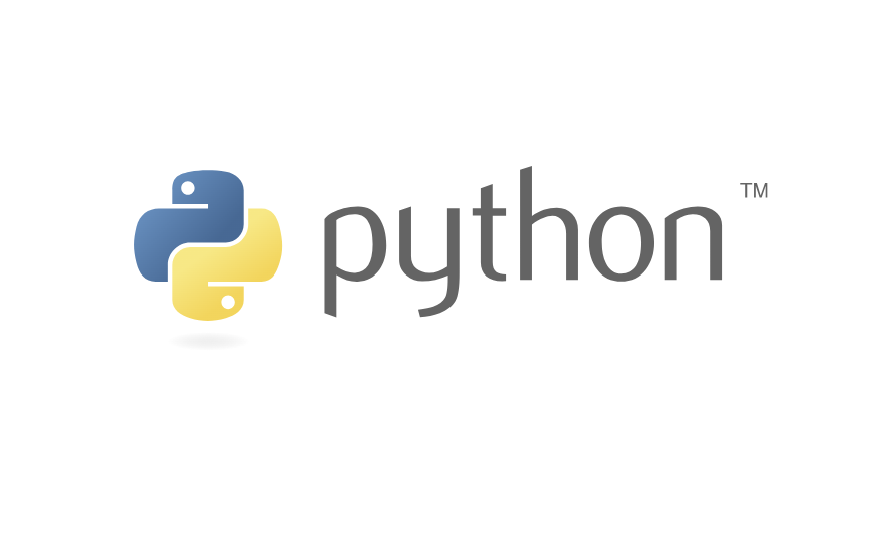The Ultimate Beginner's Guide to Data Structures and Algorithms (DSA)
In the vast world of programming, mastering Data Structures and Algorithms (DSA) is a crucial step for anyone looking to excel. This guide aims to demystify DSA for beginners, providing essential knowledge, practical insights, and actionable steps to help you get started. Whether you're preparing for coding interviews or aiming to enhance your problem-solving skills, this guide will serve as your comprehensive resource.
What is DSA?
Data Structures and Algorithms form the backbone of computer science and software engineering. Data Structures refer to ways of organizing and storing data, while Algorithms are step-by-step procedures for performing tasks. Together, they enable efficient data manipulation, storage, and retrieval, which are fundamental for building robust applications.
Why is DSA Important?
1. Efficient Problem Solving: Understanding DSA allows you to solve complex problems efficiently.
2. Coding Interviews: Most tech companies assess your DSA knowledge during interviews.
3. Optimized Code: Well-designed data structures and algorithms lead to optimized and scalable code.
Frequently Asked Questions About DSA
1. What are the basic data structures I should know?
- Arrays: Fixed-size data structures that store elements of the same type.
- Linked Lists: Consist of nodes that contain data and a reference to the next node.
- Stacks and Queues: Linear structures that follow specific orderings for element addition and removal.
- Trees and Graphs: Hierarchical and networked structures that represent relationships among elements.
- Hash Tables: Store key-value pairs for efficient data retrieval.
2. What are the fundamental algorithms?
- Sorting Algorithms: Bubble sort, Merge sort, Quick sort, etc.
- Searching Algorithms: Binary search, Depth-first search (DFS), Breadth-first search (BFS), etc.
- Dynamic Programming: Solving complex problems by breaking them down into simpler subproblems.
- Greedy Algorithms: Making the best choice at each step for optimization.
3. How can I start learning DSA?
- Choose a Programming Language: Python, C++, and Java are popular choices.
- Understand the Basics: Start with arrays, linked lists, stacks, and queues.
- Practice Regularly: Use platforms like LeetCode, HackerRank, and CodeSignal.
- Study Resources: Books like "Introduction to Algorithms" by Cormen and online courses from Coursera and Udacity.
4. What are common DSA interview questions?
- Reverse a linked list
- Find the shortest path in a graph
- Implement a stack using queues
- Merge two sorted arrays
Practical Insights
- Visualization Tools: Use tools like VisuAlgo to visualize how data structures and algorithms work.
- Consistent Practice: Regular coding practice is essential for mastering DSA.
- Study Groups: Join study groups or forums to discuss and solve problems collaboratively.
- Mock Interviews: Participate in mock interviews to simulate the real interview environment.
Conclusion
Mastering Data Structures and Algorithms is a journey that requires dedication, practice, and a strategic approach. By starting with the basics, leveraging available resources, and practicing consistently, you can build a strong foundation in DSA. This not only prepares you for coding interviews but also enhances your overall problem-solving skills, making you a more proficient programmer.
For more such tutorials and topics check our page CodeBit8.com


